Growing a "vegetable countess" in your own dacha
Serpentine green beans are increasingly seen in vegetable gardens and greenhouses: growing the vegetable cowpea "Countess" promises a generous harvest. While not a bean by classification, it is very similar to asparagus beans. Early varieties of cowpea have a bushy shape and short beans, in semi-bush varieties, the beans are longer, and in curly ones, the beans grow up to a meter in length. "Countess" refers to the curly varieties.
A native of Africa, the cowpea has become popular in Southeast Asia: in Korea, Japan, China. There, the protein-rich cowpea got its name - "poor man's meat". The breeding was aimed at one thing: more product from one bush. The result is a curly cowpea with very long beans. It continues to grow, bloom and bear fruit after the first harvest. Breeders annually propose new varieties, working on the following characteristics:
- reduced fiber;
- ripening rate;
- yield;
- resistance to low temperatures.
In recent years, the varieties "Countess" and "Macaretti" have appeared, which have expanded the geography of cultivation. Vigna of these varieties quickly masters the gardens of central Russia. The beans of the Countess variety are ready for harvesting a week and a half earlier than those of the Macaretti variety.
What does it look like?
Because of its appearance, cowpea is commonly called asparagus beans. The cowpea's stem is thinner than a pencil, and its length reaches five meters. The trifoliate leaves are far apart. Elongated peduncles appear in the leaf axils. Flowers, like many legumes, white-lilac-purple shades, large.
The plant has numerous side shoots, which also bear fruit. They need to be pinched to stimulate flowering.
Landing
Vigna is a thermophilic plant. In the middle lane, it is safer to start growing it with seedlings, because the cowpea grows slower than vegetable beans. Seeds can be planted dry or soaked in a solution of potassium permanganate, and then rinsed. Seeds are planted to a depth of one and a half to two centimeters in separate pots, peat cubes or in disposable half-liter cups. This will preserve the roots and the fragile elongated sprout during transplantation. In the suburbs, for example, seedlings are laid on May Day.
The first shoots will appear in a week. After 30-35 days, the plant is ready for transplanting. The seedlings do not tolerate the picking well, therefore the elongated sprouts must be carefully transplanted into the greenhouse, under the film or to the supports and trellises. The height of the bearing support must be at least three meters.
In the northern regions, cowpea will have to be grown in a greenhouse. The distance between plants is about 30 cm, between rows is half a meter. In the greenhouse, you need to ensure that no condensation falls on the leaves and beans. This can lead to the appearance of gray mold. Vigna grows rapidly and begins to bloom. While the beans in the lower tier stretch in length, new young shoots grow at the top and new flowers bloom.
Planting cowpea is best on the leeward side. The green, upright blanket of stems, leaves, and beans is a huge sail that tends to puff up. The wind can break this sail or drop the prop. The supporting trellis must be strong, they will carry the weight of the green mass.
Care, feeding
Neither beans nor cowpea like to grow on heavy, acidic and waterlogged soils. The best predecessors for its cultivation are cucumbers, cabbage and representatives of the nightshade family: tomato, potato, vegetable pepper, eggplant. The planting site must be changed due to the sharp depletion of the soil. Re-plant in the same place, preferably after 3-4 years. In the fall, the future bed for cowpea needs to be dug up, humus or light compost should be added, superphosphate should be added.
Organic food suitable for growing are:
- ash;
- a piece of chalk;
- dolomite flour.
Caring for cowpea is usual: weeding, watering, loosening row spacings. Watering is not necessary, which the plant does not like, but enough so that the ovaries do not fall off. During one of the waterings, you can feed the plant with a solution of 1:20 mullein or urea (1 tablespoon per bucket of water).
Vigna is a powerful and tall plant, therefore it needs good nutrition. It is useful to apply complex fertilizer before planting in the ground. When buds appear, you can help cowpea with mineral feeding. Trace elements will help the plant in this way:
- boron is responsible for the formation of beans and seeds;
- cobalt helps fix atmospheric nitrogen;
- manganese helps to assimilate nitrogen;
- molybdenum fights against the violation of the synthesis of protein substances.
Advice! Vigne, like all legumes, is contraindicated for manure and aggressive compost. The plant itself produces nitrogen by nodules on the root branches.
Harvesting
One and a half weeks after the formation of the ovaries, the first blades of milk ripeness can be removed. The seeds in them will be tiny, the size of a grain, but the bean itself is tasty, juicy, low-fiber. The more often you cut off the shoulder blades, the more actively new ones grow. At the peak of fruiting, you need to harvest the beans at least once every three days.
The technical ripeness of the "Countess" cowpea occurs in 55-60 days. The beans grow up to 60 cm in length. Green, with a beak at the end, they can be one centimeter wide and rather heavy. Therefore, they must be removed often. There is no hard parchment layer inside the beans. The total weight of the removed beans is 4-5 kg per plant. Harvesting can go before frost.
The advantage of cowpea over asparagus beans is as follows: beans remain in the stage of milk maturity much longer. The coarseness of the upper skin of beans also occurs later than that of beans.
You can leave one or two plants for growing seeds. Tear off the beans when they are dry and light yellow in color. Ripe fruits for seeds are oval, small, black. Hulled seeds must be dried well. Germination lasts up to five years.
Advice! Dry seeds can be stored until spring in a linen bag by adding a bay leaf so that bean weevils do not start.
Tasty and healthy
As it is written on the bag of seeds, the "countess" cowpea is ahead of the fish in proteins. Cowpea beans are not as fibrous as asparagus beans. Ripe seeds are also more tender than beans and boil easily.
Beans are added to salads, soups, casseroles. They can be frozen. Sprouted seeds are used in dietary and healthy nutrition.
There is a lot of information about the positive effect of beans, seeds and cowpea decoction on the heart, liver, stomach, kidneys and other organs. But here it is better to consult a doctor.
Output
Vigna "Countess" is an early culture, therefore it is indispensable for a short summer. This is a real find for those who love asparagus beans. Easy to care for, responsive to fertilization, the cowpea gives a generous harvest. It is quickly becoming popular in all latitudes of our country. Farmers and gardeners are trying to grow cowpea in atypical conditions for her.
And the cowpea bushes with beautiful flowers that look like moths, with a waterfall of snake beans are a wonderful decoration of the garden and vegetable garden.
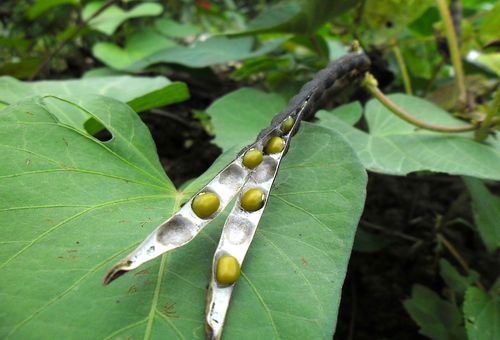
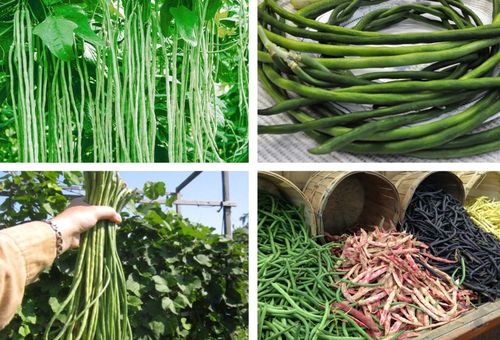
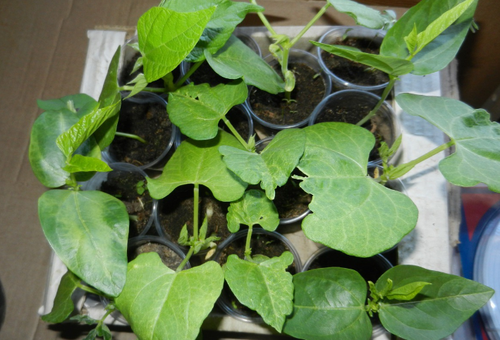
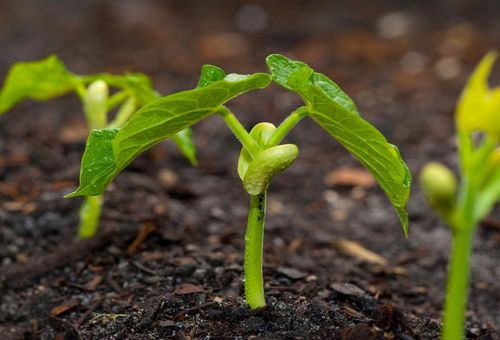
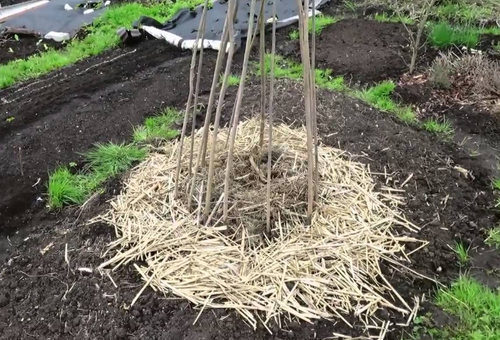
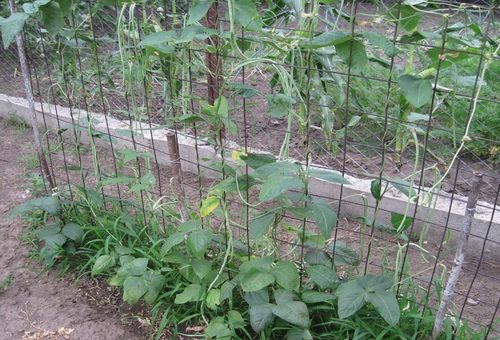
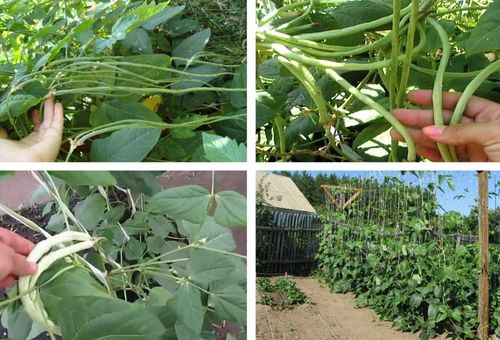
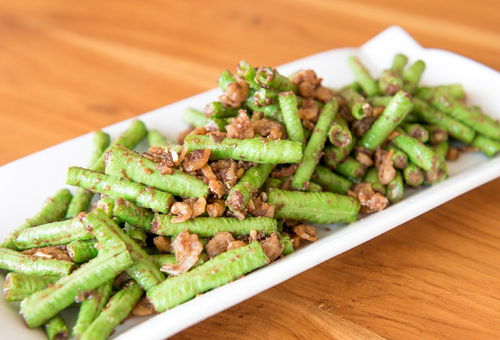

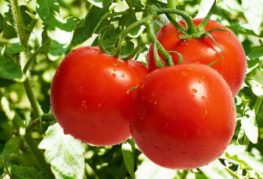
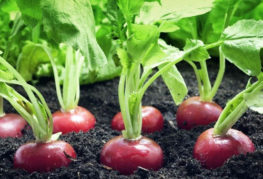
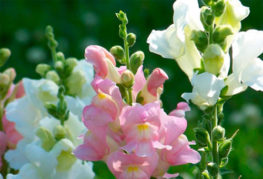
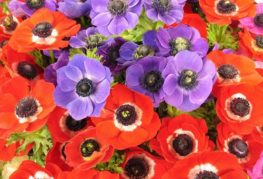
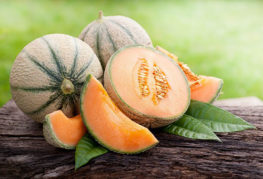
and will be published shortly.